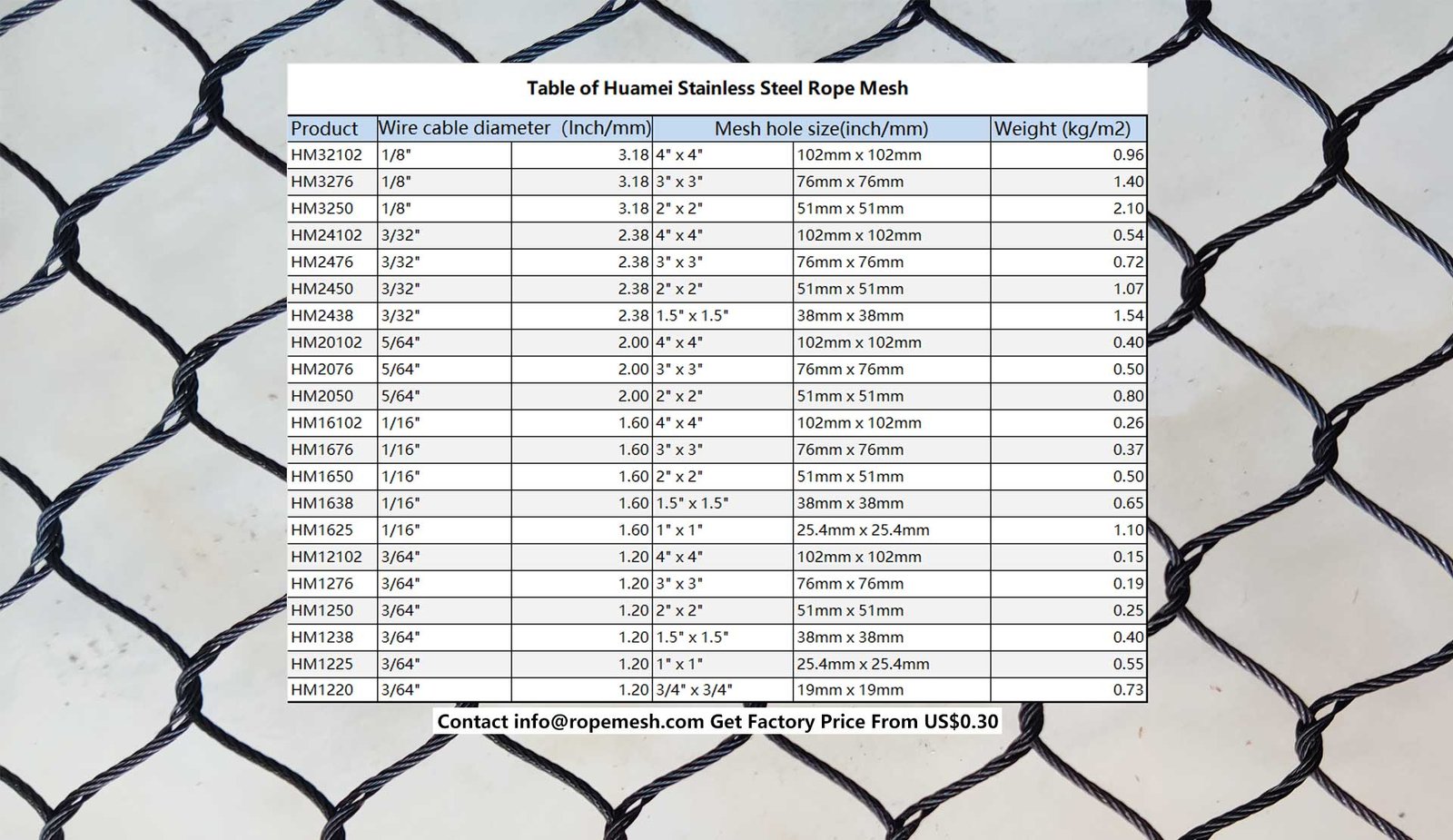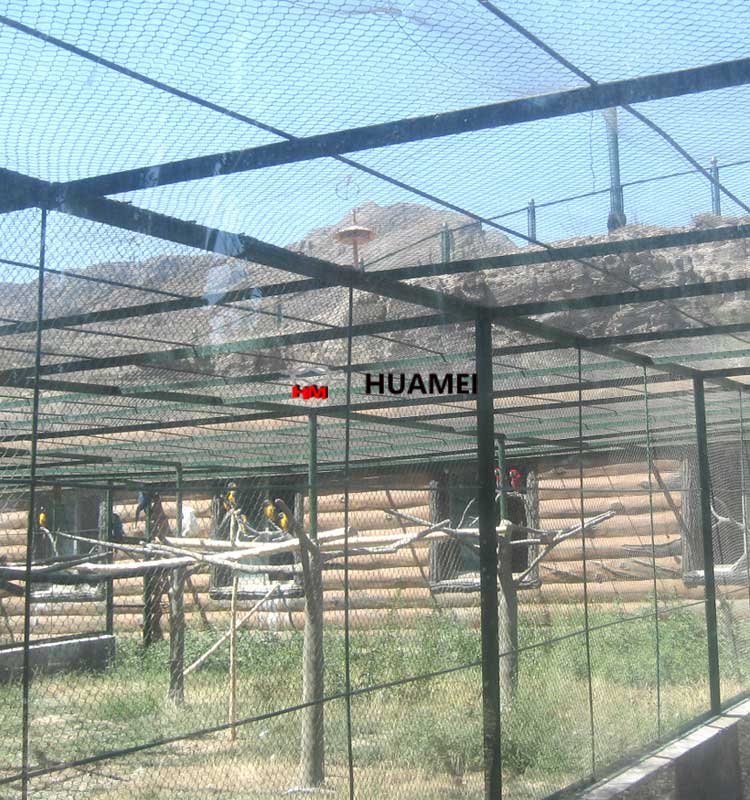FAQs
What is the best mesh material for a bird cage?
The best mesh material for a bird cage depends on your bird's needs and preferences. Galvanized wire is a popular choice due to its durability and affordability. Stainless steel is highly resistant to rust and corrosion, making it a great option for bird owners who live in humid climates. Powder-coated wire is coated with a protective layer that helps prevent rust and corrosion.
How do I choose the right size bird cage?
The ideal cage size for your bird will depend on its species, wingspan, and activity level. A small bird, such as a parakeet or canary, can thrive in a smaller cage, while a larger bird, like a parrot, will need a more spacious home. Vertical space is essential for birds, as it allows them to fly and exercise.
What are some essential features to look for in a bird cage?
Essential features to look for in a bird cage include doors and latches that are easy to use and secure, perches of various sizes and shapes, feeding and watering dishes that are easy to clean and refill, and toys and enrichment to stimulate your bird's mental and physical well-being.
How often should I clean my bird cage?
You should clean your bird cage daily to remove waste, clean dishes, and disinfect surfaces. Weekly cleaning involves a more thorough cleaning of the cage frame and accessories.
Can I build my own bird cage?
Yes, you can build your own bird cage. However, it requires careful planning and execution. If you're unsure about your abilities, it may be best to purchase a pre-made cage.
Next: Hawk Netting: Protect Your Property from Birds and Animals
Last: Zoo Enclosure Design: A Blueprint for Ethical and Sustainable Practices


